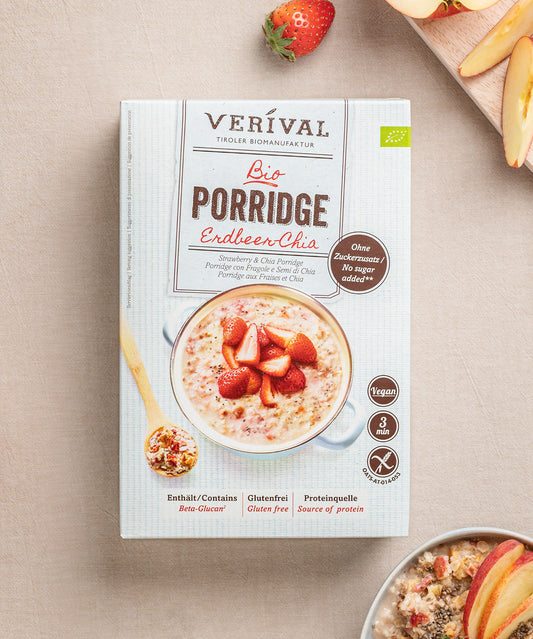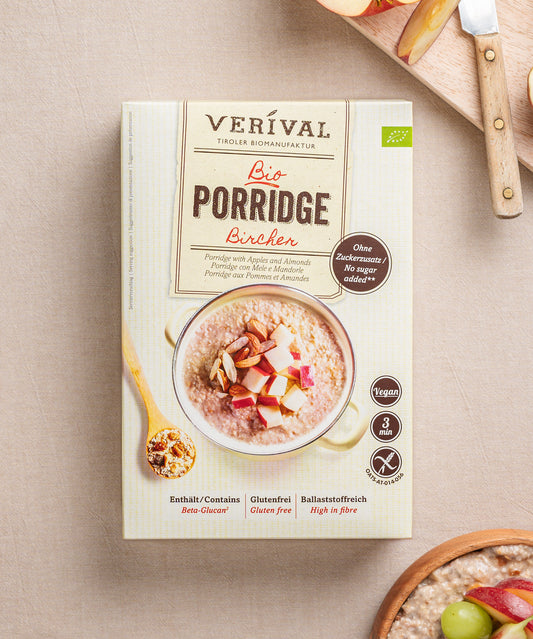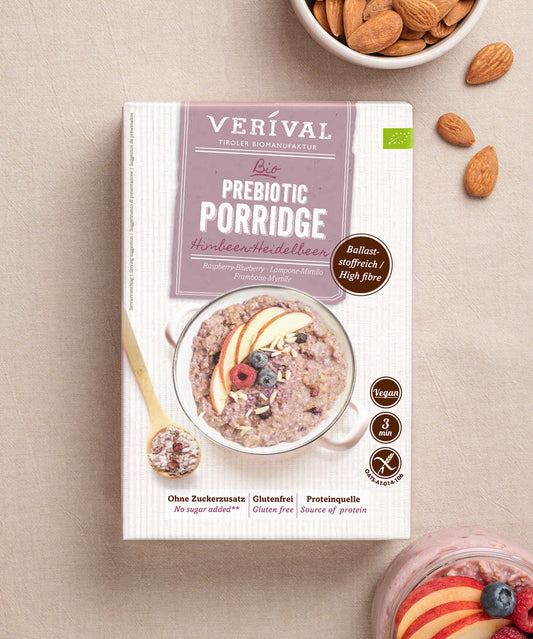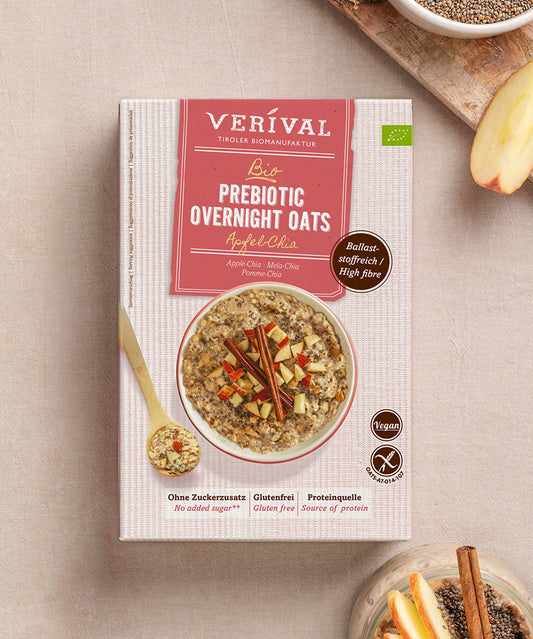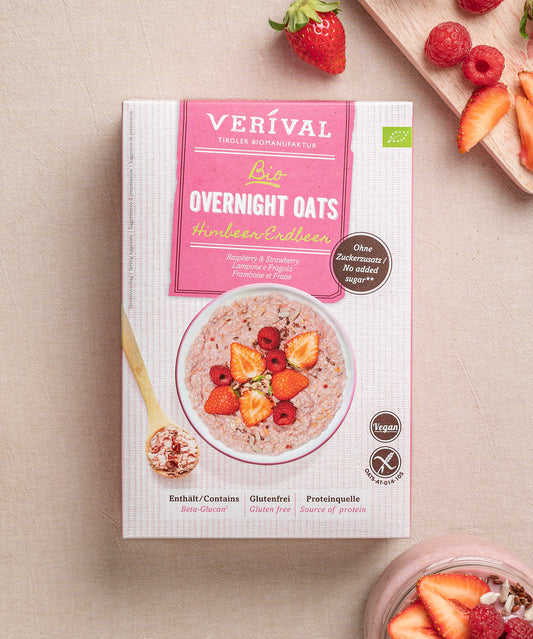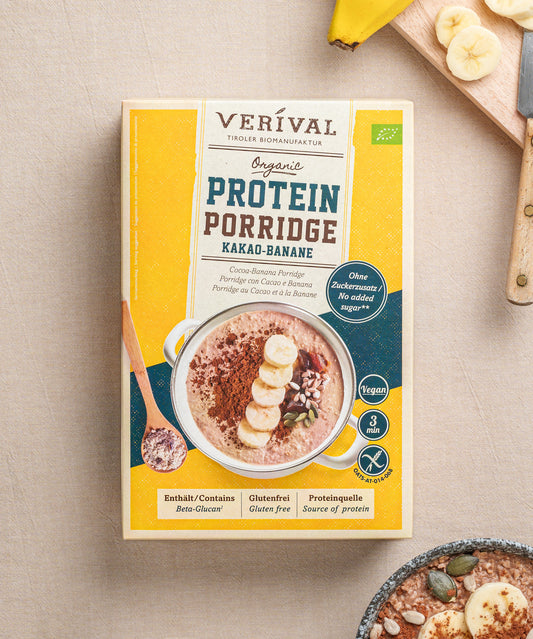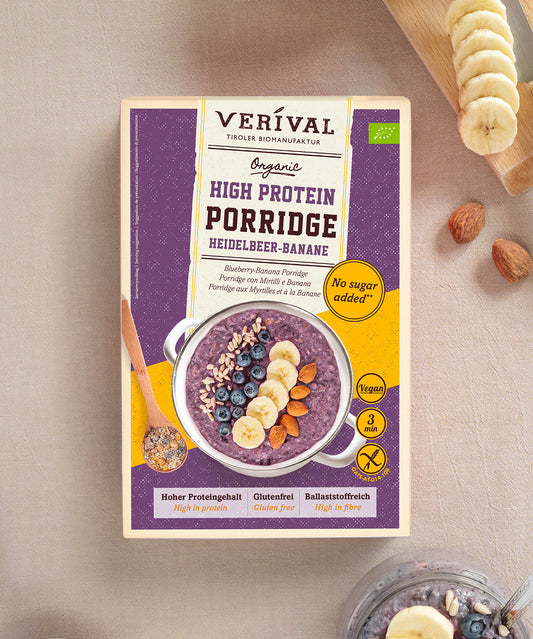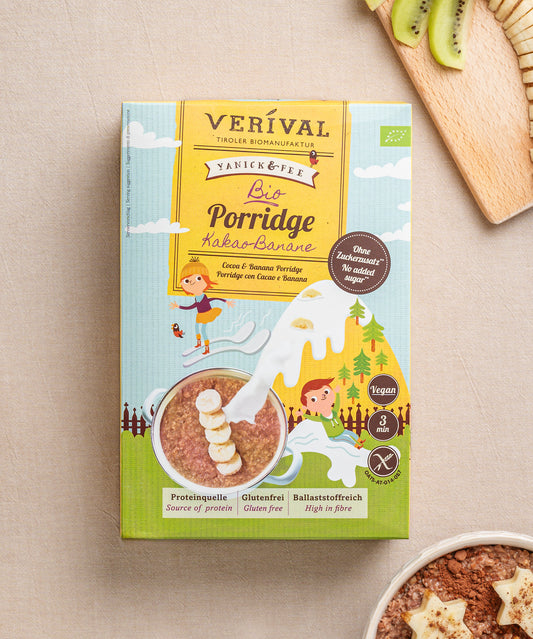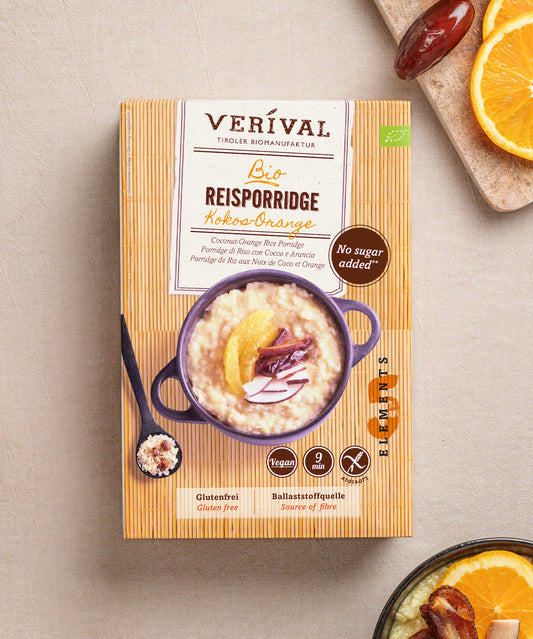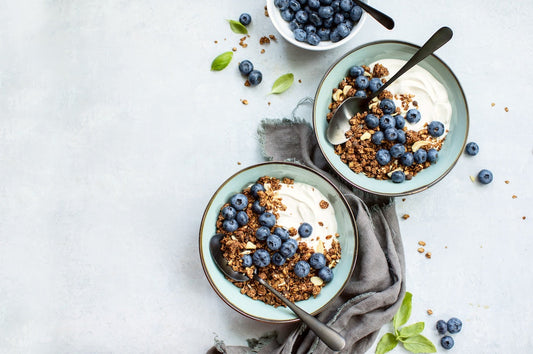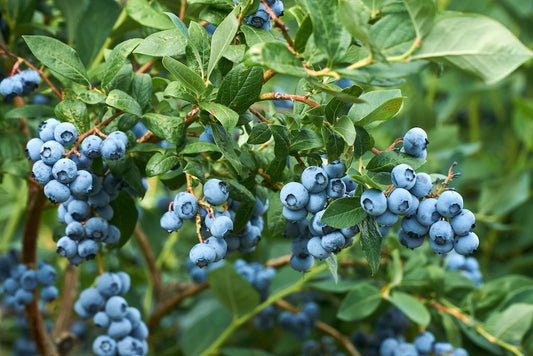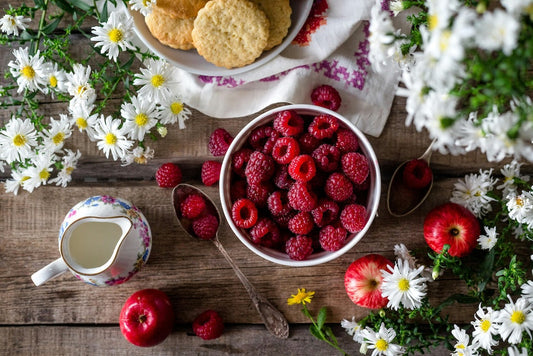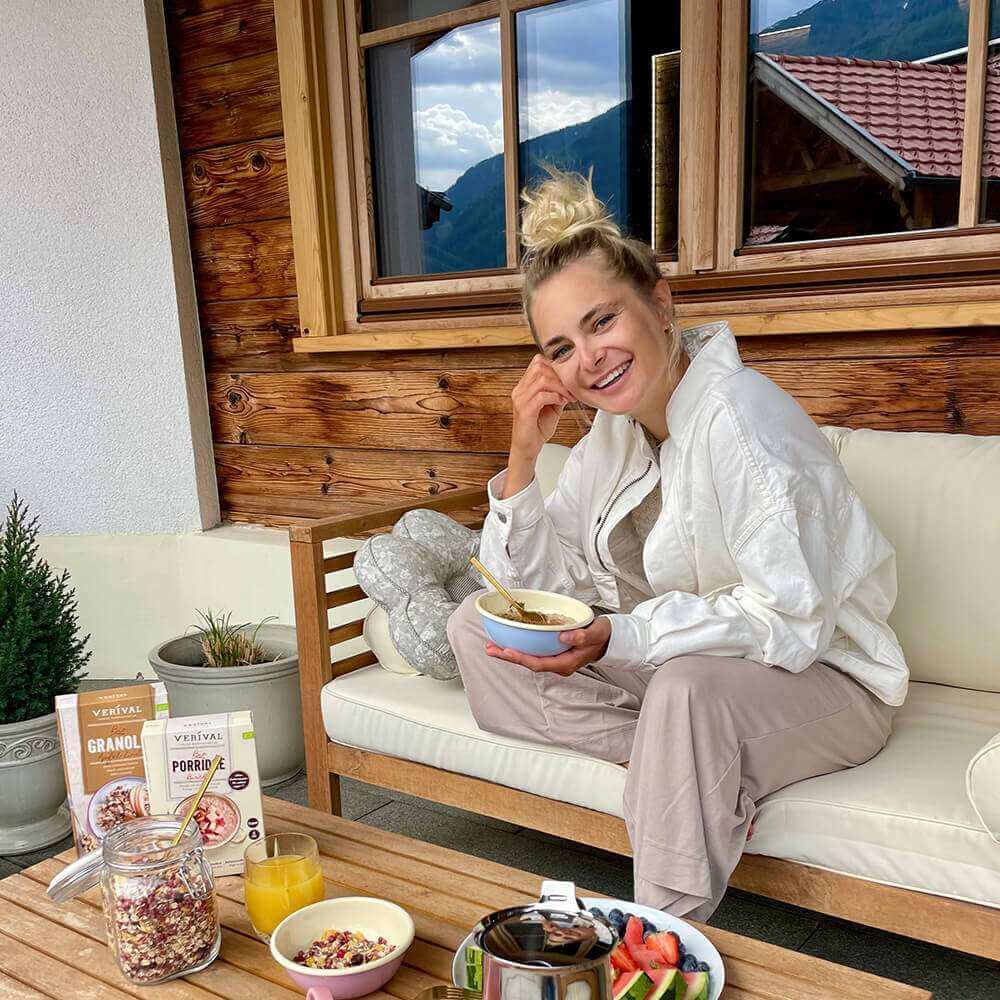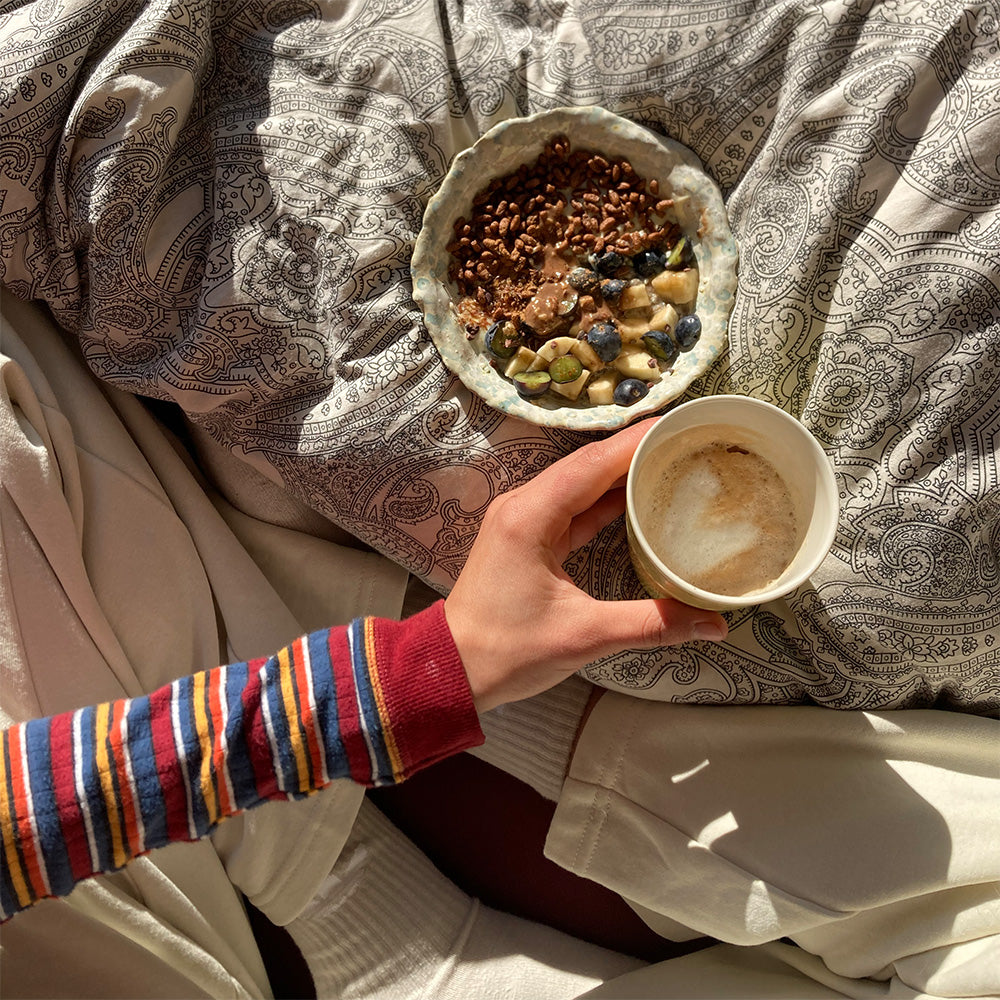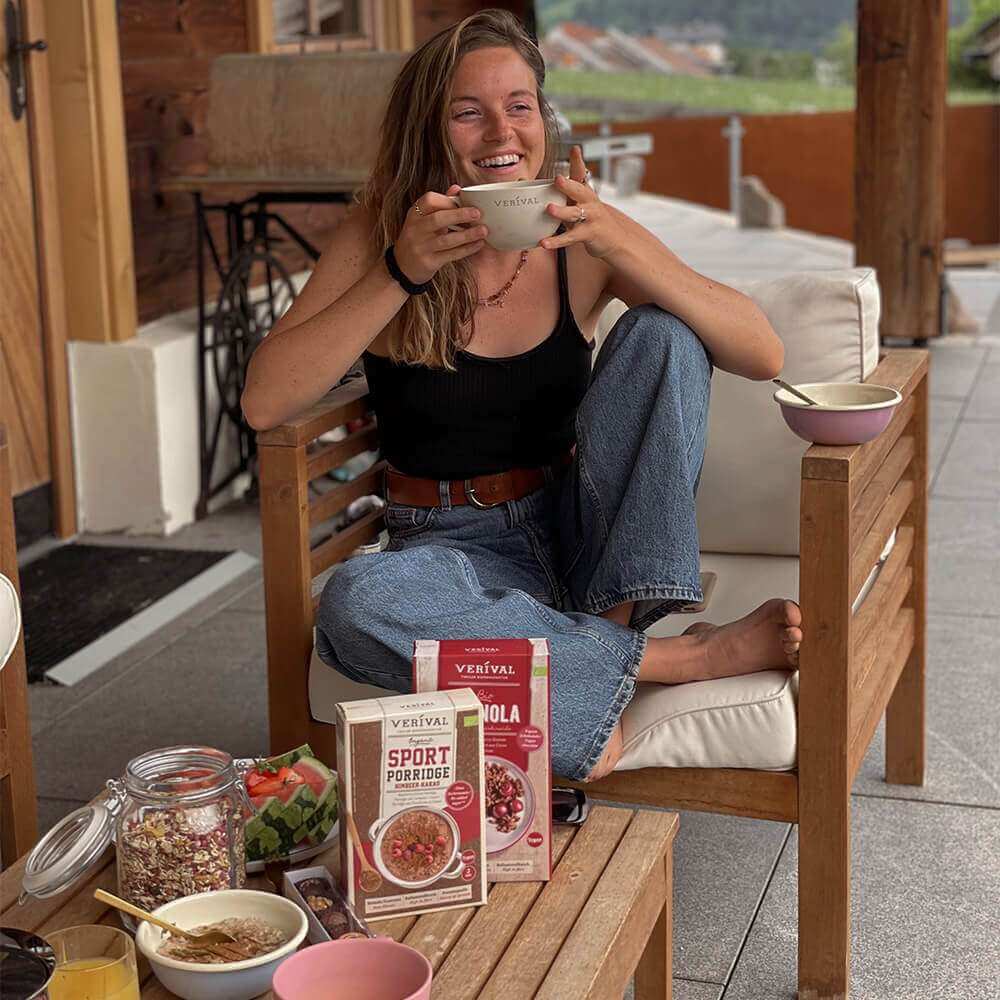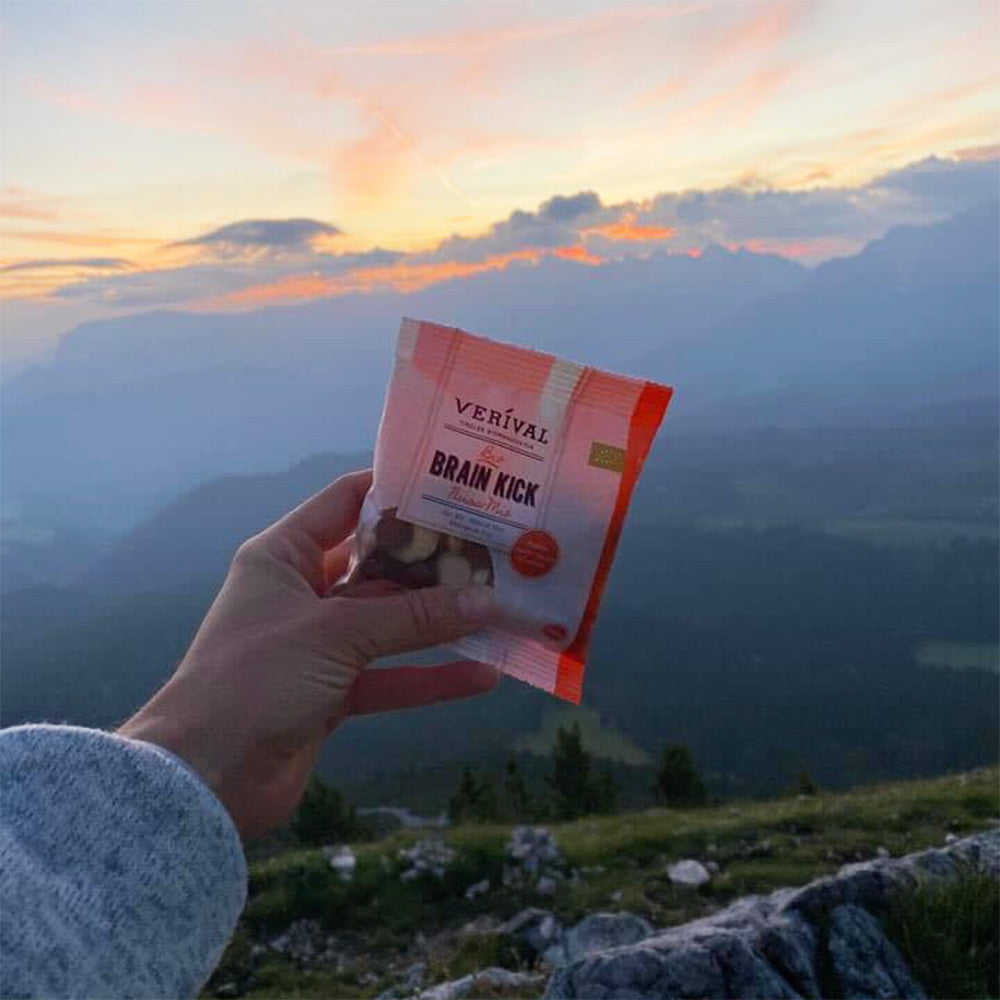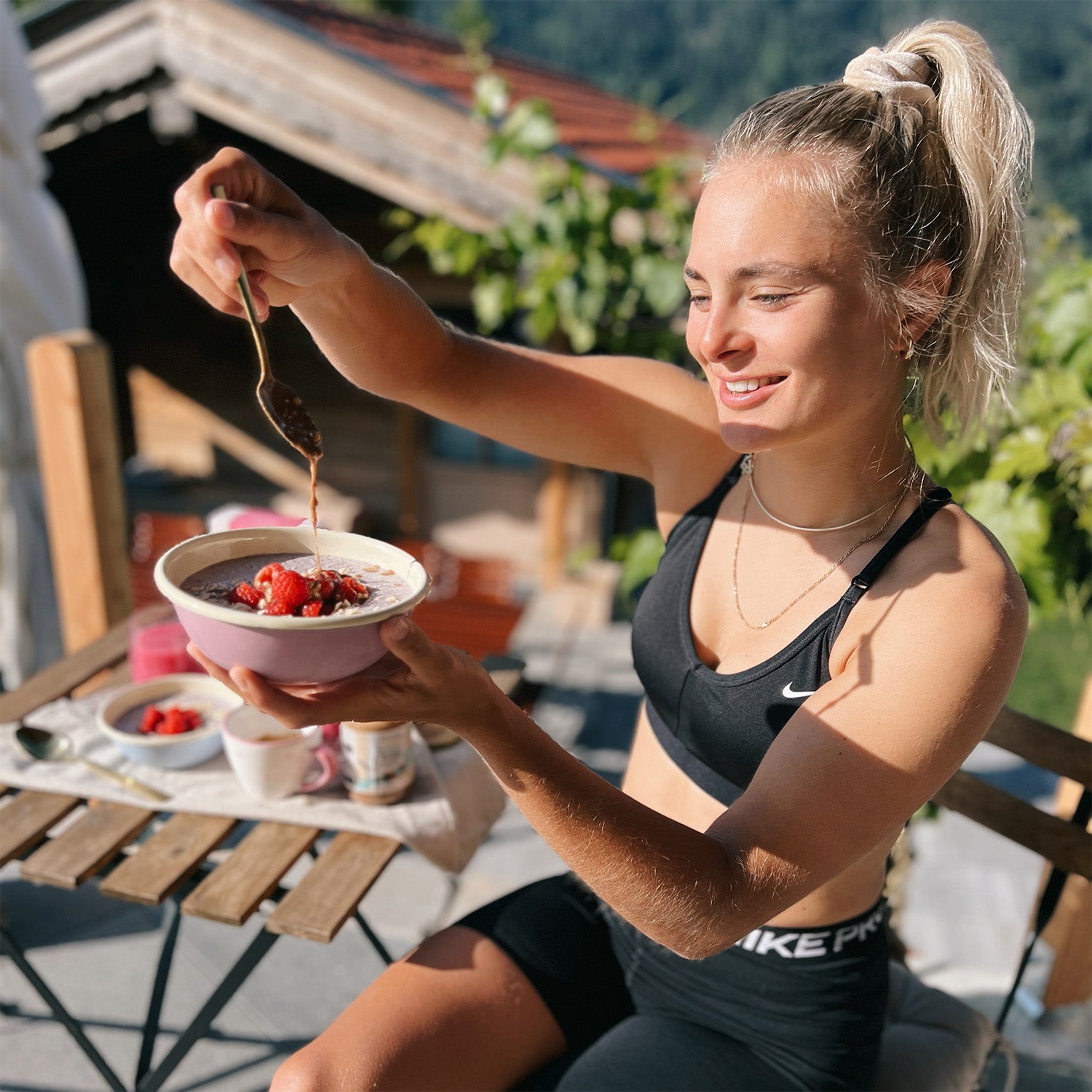Cocoa and chocolate have become an indispensable part of breakfast tables around the world. We at Verival also use cocoa in our porridges and granolas, and its irresistible taste. But where does cocoa actually come from? How did the fruits of the cocoa tree become a product of such great cultural and economic importance? And what global problems does cocoa cultivation entail? In this blog post you will learn everything you need to know about cocoa.
Try it now – organic breakfast from VERIVAL
The origin of cocoa
The origin and provenance of cocoa can be traced back to the dense forests of South America, where the cocoa tree, scientifically known as “Theobroma Cacao”, is native. There, in the depths of the rainforest, far from urban areas, the cocoa tree grows with its magnificent leaves and fruits. It was the indigenous peoples of South America who first came across the cocoa bean and discovered its many uses. They not only recognized the delicious taste of cocoa beans, but also integrated them into spiritual ceremonies and used them as currency.
Today, the cocoa tree is not only found in its original location in South America, but has also spread to other parts of the world, including West Africa, Asia and even some regions in Central America.
The fascinating history of cocoa
The history of cocoa goes back even further. The Aztec and Mayan cultures revered cocoa as a divine gift and incorporated it into important religious ceremonies. One example of this is the cocoa ceremony, a deeply spiritual practice in which cocoa was considered a sacred elixir. In this context, cocoa was seen not only as a stimulant, but also as a connection to divinity.
The Aztecs consumed the drink “Xocolātl”, which translates as “bitter liquid”. This mixture of ground cocoa beans, water, chili and spices represented a cosmic connection between heaven and earth. Drinking Xocolātl was considered a spiritual act and was celebrated on important occasions such as weddings and religious festivals. Incidentally, chocolate as we know it gets its name from this drink.
The “discovery” of cocoa by the Europeans brought a flavor revolution and opened a new era for cocoa. The Spanish explorer Hernán Cortés was one of the first Europeans to witness the cocoa ceremonies of the Aztecs in the 16th century. Because he was very impressed by the intensity of the Aztec drink, he brought cocoa beans to Europe.
Initially, cocoa was intended as an exotic delicacy for the royal court, but soon chocolate also found its way into the homes of wealthy citizens. It was considered a status symbol and luxury item at the time. The fascination with the delicious taste of cocoa eventually spread across all continents and classes, becoming a popular luxury food all over the world.
In the globalized world of the 21st century, cocoa is an indispensable culinary delicacy that delights people in its many forms.
The history of cocoa – find out more now!
Cocoa as a raw material – where is cocoa used?
Cocoa is used in many more areas than just cooking and can be found in a range of industries that appreciate its diverse properties. From drinking chocolate, which warms us on cozy evenings, to its use in the cosmetics industry, cocoa has many uses and there are a variety of different cocoa products.
For example, cocoa butter, a by-product of cocoa mass, is a popular ingredient in cosmetic products. It is known for its moisturizing properties and is found in creams, lotions and lip care products. It not only nourishes the skin, but also gives the products an enticing chocolate scent.
Another popular product is cocoa nibs. These small, crunchy pieces of roasted cocoa beans are a popular ingredient in muesli, yoghurts, and as a topping for porridge and desserts.
The versatility of cocoa shows that this raw material is much more than just the basis for tasty chocolate.
Cultivation and harvesting of cocoa
When growing cocoa, farmers face a variety of challenges, from managing pests to combating diseases that threaten the delicate cocoa plants. In addition, climate change poses a growing threat because changing weather patterns can affect crop yields.
One downside of cocoa cultivation is the widespread use of child labor. Children who work in the plantations are often excluded from education and leisure. There is an increasing focus on the need to counteract this problem in order to ensure fair working conditions and compliance with ethical standards.
Another problem is the clearing of the rainforest that goes hand in hand with the expansion of plantations. This not only impacts the environment, but also destroys habitats. The use of sustainable farming methods is therefore becoming increasingly important to promote environmental protection.
Growing and harvesting cocoa is not only a manual process, but also a responsibility towards people and nature. The industry faces challenges that need to be overcome, and it is crucial that these efforts progress in the interests of sustainability and ethical behavior.
Cocoa cultivation – read on for more details!
Economic importance in the countries of origin
Cocoa farming plays not only a cultural but also a crucial economic role in countries such as the Ivory Coast, Ghana and Indonesia. These major cocoa exporters face social and economic challenges, including child labor and precarious working conditions. In addition, fluctuating cocoa prices directly affect the livelihoods of farmers.
International efforts are needed to bring about sustainable change and transform cocoa farming into a fair business with sustainable practices. Fair trade initiatives play a key role in promoting fair wages, supporting environmentally friendly farming methods and strengthening local communities. Nevertheless, it should be noted that some critics consider fair trade initiatives to be insufficiently effective and point out the need to strive for more profound structural changes throughout the entire supply chain.
Cocoa – an overview of the main products
Cocoa is used in a variety of ways and can be found in a wide range of industries and products, not only for enjoyment but also in the cosmetics industry. The most important main products include:
- Cocoa mass, cocoa butter, cocoa powder: These basic products form the basis for a variety of chocolate variations. Cocoa mass gives chocolate its characteristic flavor, while cocoa butter is used in the food and cosmetics industry. Cocoa powder enriches various products with its intense flavor.
- Chocolate: An essential luxury food made from cocoa mass, cocoa butter and sugar. It comes in a variety of flavors, from milk chocolate to dark chocolate, to suit individual tastes.
- Drinking chocolate: A warm beverage made by dissolving cocoa powder in milk or water. Drinking chocolate is a comforting pleasure on cold days.
- Cocoa powder: This versatile ingredient is used in cooking for a range of purposes, including sweet baked goods, drinks and decorations. Cocoa powder gives every dish an enticing hint of chocolate.
Cocoa beans and their significance in the Western world
The cocoa bean has come a long way over the centuries. From an exclusive luxury product in the Middle Ages to mass production in a globalized world. What was once a precious delicacy for rulers is now one of the most popular luxury foods for people worldwide.
Industrialization revolutionized chocolate production, and advances in technology soon made it possible to produce chocolate in large quantities and make it accessible to the general public. Since then, it's hard to imagine our supermarket shelves without chocolate.
Today, we are seeing a trend back to the origins of cocoa. Dark chocolate, organic cocoa and “bean-to-bar” products are in high demand and interest in high-quality, handcrafted cocoa products is growing.
Health – cocoa and its ingredients: a superfood
Cocoa is not only a luxury food and comforter, but also a true superfood. That is why cocoa is considered to be particularly healthy. The nutritional profile of cocoa contains a collection of vitamins, minerals and antioxidants that have positive effects on heart health and the nervous system.
- Vitamins: Cocoa is rich in various B vitamins, including B1 (thiamine), B2 (riboflavin) and B3 (niacin). These play a crucial role in energy metabolism and the functioning of the nervous system.
- Minerals: Magnesium, iron, potassium and zinc are present in cocoa in considerable quantities. Magnesium supports muscle function, iron plays a role in the transport of oxygen in the body, potassium is important for heart health, and zinc supports the immune system.
- Antioxidants: Cocoa is full of antioxidants such as flavonoids and polyphenols. These substances help to reduce cell damage, fight inflammation and promote overall health.
To reap the benefits of these ingredients, it is crucial to enjoy cocoa in moderation. Excessive consumption can have potential side effects. For example, theobromine (a natural stimulant) found in chocolate can also have a negative impact on health in excessive amounts. This ingredient is harmful to pets, such as dogs and cats.
Cocoa and the health benefits – read more!
Verival and the use of cocoa
At Verival, we value high-quality ingredients that not only taste delicious but are also produced under controlled organic conditions. We believe that the quality of a product is not only defined by its taste, but also by the care taken in selecting and sourcing the ingredients.
Our range includes a fine selection of delicious porridges and granolas with a wonderful hint of cocoa. Among the porridges, the Protein Sport Porridge Cocoa-Banana is an absolute breakfast favorite. Not only does it impress with its chocolate flavor, but it also covers 30% of your daily protein needs and provides all essential amino acids. It also contains important vitamins and minerals.
Are you more of a granola fan? No problem. Then the cocoa-sour cherry granola is for you. With one serving, you can cover 27% of your daily fiber and 18% of your protein needs.
But you can also find cocoa in the following breakfast products:
- Protein Sport Porridge Raspberry-Cocoa
- Sour Cherry-Cocoa Oat Porridge
- Chocolate Crunchy
- Kids Porridge Cocoa-Banana
- Schokomax for Kids
Each of these breakfast products is made with care and dedication to provide the best possible breakfast experience.
Conclusion
Cocoa is a truly fascinating commodity. After its beginnings in the forests of South America and its religious significance for the Aztecs and Mayans, cocoa conquered the world when the Spanish brought it to Europe. Today it plays an important economic role in Ivory Coast, Ghana and Indonesia and is one of the most popular luxury foods in the world. Cocoa from certified organic farming is also an essential ingredient in Verival breakfast products.
Discover breakfast from VERIVAL now!
Frequently asked questions
Where does cocoa come from?
Cocoa has its roots in the forests of South America, particularly in the Amazon region. Today, cocoa is also grown in West Africa, Asia and Central America.
Is natural cocoa really so bitter?
Yes, natural cocoa can have an intense bitterness. This depends on the type of cocoa and the processing method. In food production, sugar is often added to counteract the bitterness.
How is chocolate made from cocoa beans?
The production of chocolate involves fermenting, drying and roasting the cocoa beans, followed by the extraction of cocoa mass, butter and powder. These are then mixed with sugar and milk and further processed.
Which countries are the largest cocoa producers?
The largest cocoa producers are the Ivory Coast, Ghana and Indonesia. These countries contribute significantly to the global cocoa industry.
What is the difference between raw cocoa and commercial chocolate?
Raw cocoa is processed at lower temperatures to preserve more nutrients. Commercial chocolate is roasted, which results in a different flavor profile.
How does cocoa farming impact the environment?
Cocoa farming can lead to environmental impacts such as deforestation. Sustainable farming practices are key to minimizing the environmental impact.
Why is fair trade cocoa important?
Fairtrade cocoa promotes fair compensation, environmentally friendly practices and the strengthening of local communities to address the social and economic challenges in cocoa farming.
How do you prepare cocoa properly?
Cocoa can be prepared by mixing cocoa powder with milk or water. Adding sugar or spices is optional, depending on personal taste.


